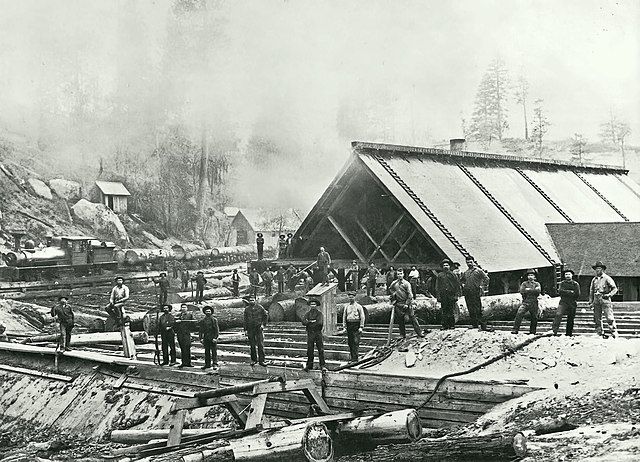Preserving Historic Architecture: Why It Matters Today
Historic Architecture: Preserving the Past to Enrich the Future
Have you ever walked by an old building and wondered about its past? Maybe you noticed fancy carvings, bricks laid in patterns you don’t see anymore, or a big old warehouse that looks out of place yet special. These buildings are not just leftovers from another time. They help us remember our history and connect us to where we come from. Preserving historic architecture is about saving more than just old walls, it's about keeping our culture alive, growing our local economy, and protecting the planet.
Let’s take a closer look at why saving historic buildings matters, from how it shapes our neighborhoods to the way it helps the future.
What is Historic Architecture?
Historic architecture means buildings that have special cultural, historical, or design value. This could be a fancy city hall, a church, an old school, or just a simple home that tells the story of its time. These structures are proof of how people in the past built, lived, and solved problems.
Each old building has a story. Some might show how technology changed, what styles were popular, or what a neighborhood used to be like. When we protect these buildings, we hold on to stories you can't find in a textbook.
Why Does Historic Architecture Matter?
Connecting to Our Past
One big reason to save historic buildings is so people can feel connected to the past. Old homes and stores help make a community unique, they give a place its personality. Walking down a street full of old houses or factories is like walking through a living history book. You can really imagine what life was like years ago.
Preserving these places also helps us feel proud of where we live. It reminds us that we're part of a story much bigger than ourselves.
Helping the Local Economy
Saving historic architecture doesn’t just help history; it helps people make a living, too.
Tourism: Historic neighborhoods draw visitors. Cities like Charleston and Savannah are famous for their old buildings, and tourists spend money at hotels, restaurants, and local shops. This helps everyone in the area.
Jobs and Small Businesses: Fixing up old buildings often takes more workers than building something new. That means more jobs for local people. Many small businesses, like cafes or art studios, love older spaces for their charm and lower rent. Sometimes, the best places for new businesses are in these older, human-sized buildings.
Stronger Communities: Research shows that communities with well-kept old buildings are often more stable and have a wider range of residents from different backgrounds.
Protecting the Environment
Preserving historic buildings is also a good choice for the environment.
When we tear down an old building, all the energy and materials used to make it are wasted. Making something new uses even more. In fact, a new building might take 30–50 years to match the energy already stored in an old building. Plus, demolition adds tons of debris to landfills.
Instead, fixing up and reusing what we already have reduces waste and saves resources. You might hear people say, “The greenest building is the one already built.” That’s true!
Why Work with Preservation Experts?
Restoring old buildings takes special skills. Experts know how to use traditional materials, respect original designs, and update buildings to meet today’s needs. They help make sure the beauty and strength of a building aren’t lost along the way.
If you want to see true care in historic preservation, check out Bay & Bent. Our team is dedicated to bringing out the best in every building, using both traditional and modern methods. We turn old spaces into places people can use and love today while keeping history alive for the next generation.
Making Better Places to Live
Saving old buildings isn’t just about the past. It helps make neighborhoods better today.
Old neighborhoods were built for people, not cars, which means they're often more walkable and have lots of different types of homes and businesses. This brings all kinds of people together and creates a strong sense of community. When we keep these places, we keep the spirit of the neighborhood alive.
Conclusion: Saving History for the Future
When we protect historic architecture, we do more than just save old buildings. We keep alive our shared story, boost our economy, help the environment, and make our neighborhoods better. These buildings aren’t stuck in time, they grow and change with us.
The next time you walk by an old building, remember: it’s not just a piece of the past. It could be an important part of your community’s future.










